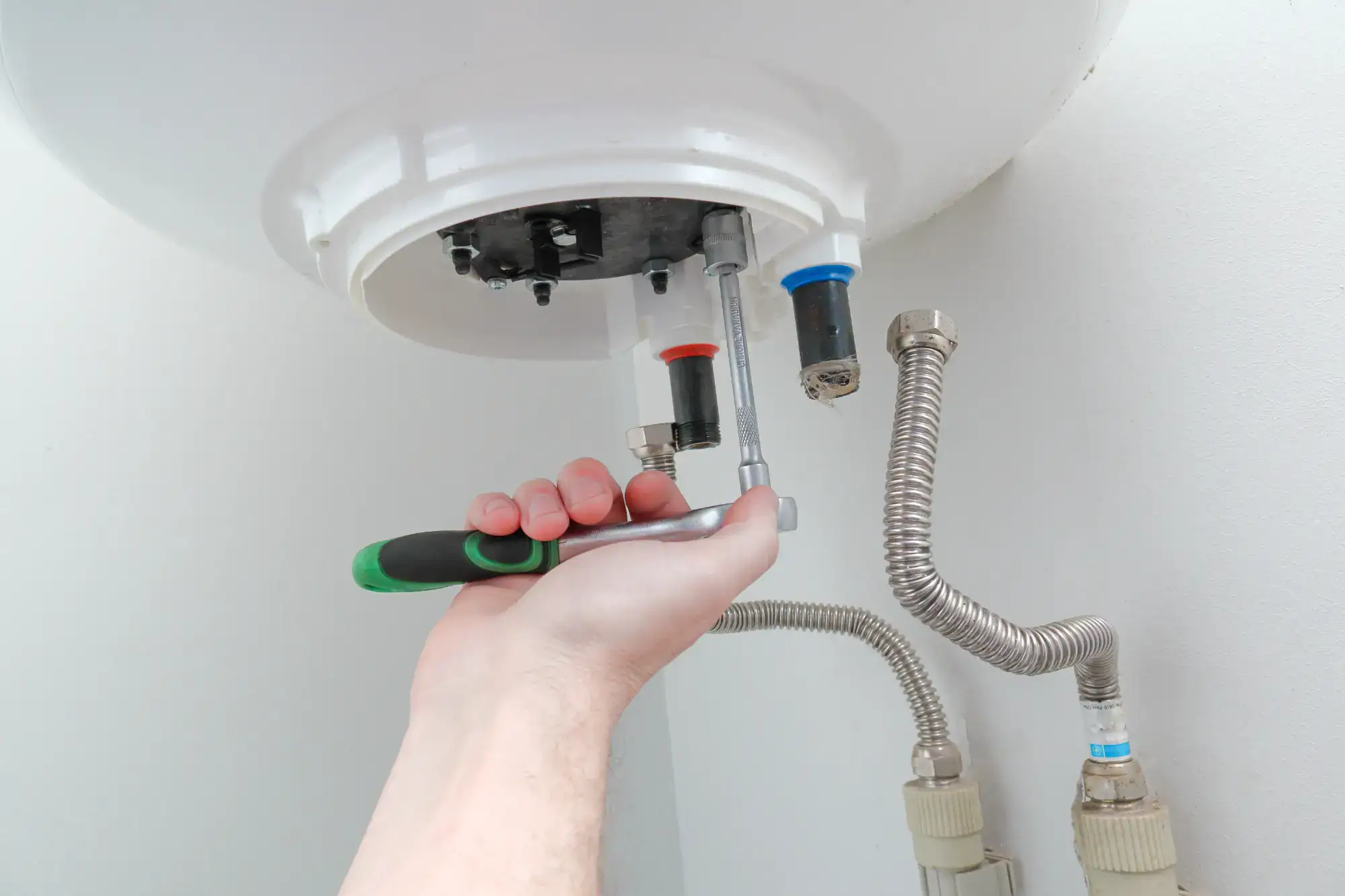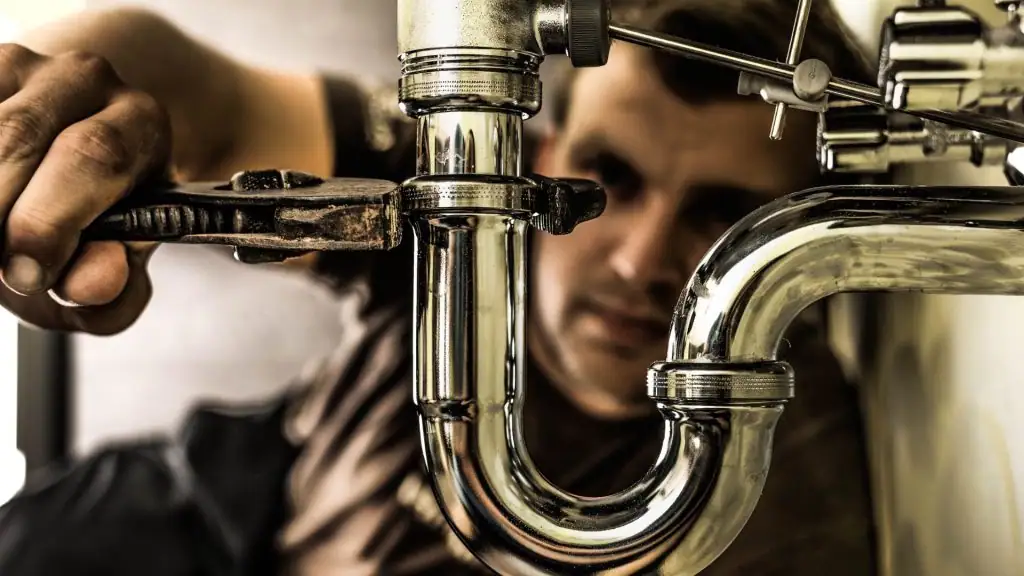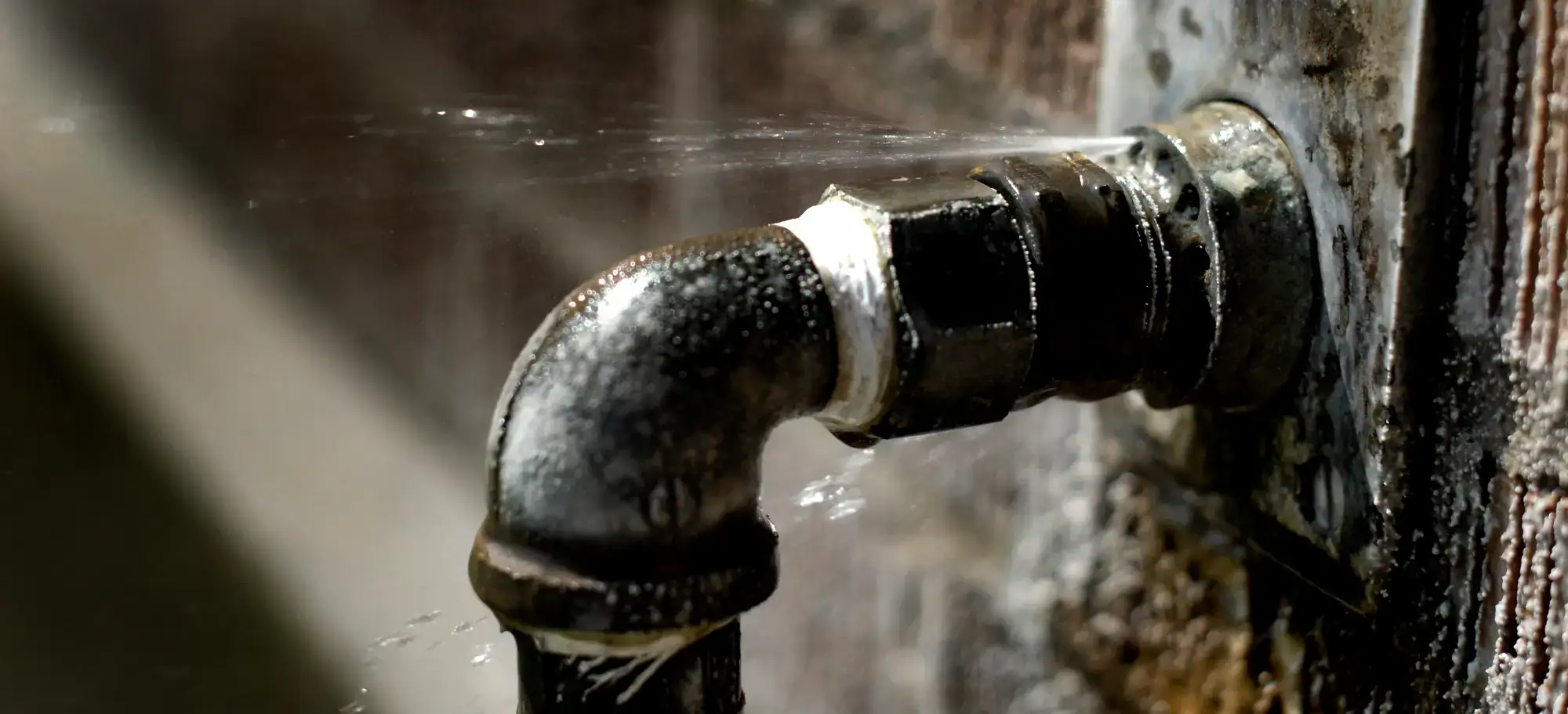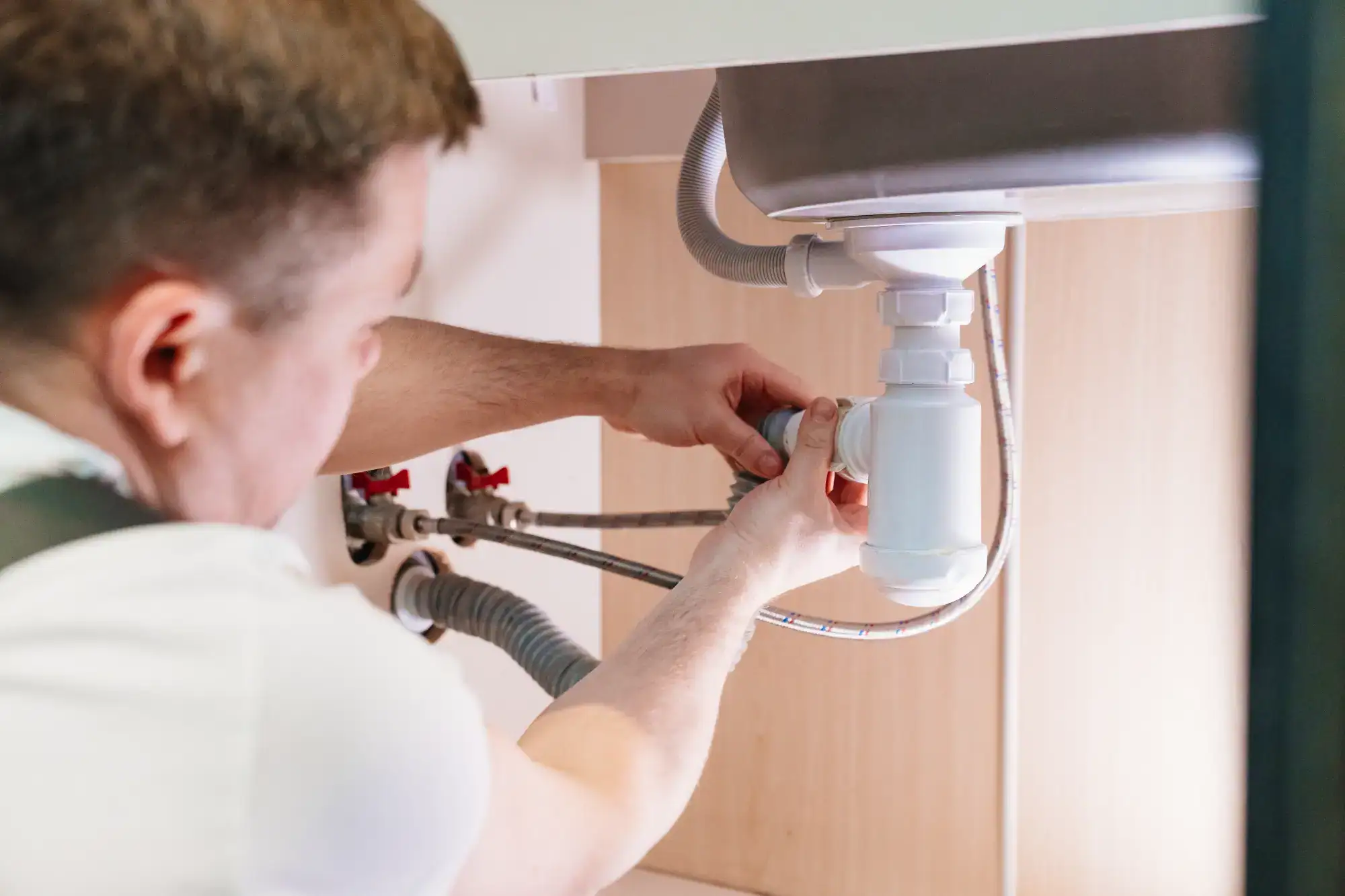Summary:
Understanding SEER Ratings for South San Francisco AC Installation
SEER ratings measure how efficiently your AC unit converts electricity into cooling power. Think of it like gas mileage for your car—higher numbers mean better efficiency and lower operating costs.
In California, you can’t buy anything below SEER 15 or SEER2 14.3 due to state energy standards. But here’s the thing: the minimum isn’t necessarily the sweet spot for your wallet or comfort.
For South San Francisco homes, SEER ratings between 16-20 typically offer the best balance of upfront cost and long-term savings. You’ll pay more initially, but the energy savings add up quickly when you consider our rising electricity rates.
How Much Money Higher SEER Ratings Actually Save You
Let’s talk real numbers. Upgrading from a basic 13.4 SEER2 unit to a 17 SEER2 system can cut your cooling costs by around 30% annually. On a $200 monthly cooling bill during peak season, that’s $60 back in your pocket every month.
An 18 SEER unit runs about 12.5% more efficiently than a 16 SEER unit. If you spend $200 cooling your home, that efficiency boost saves you roughly $25 each billing cycle. Over a typical 15-year lifespan, you’re looking at thousands in savings.
But here’s what the sales brochures don’t tell you: these savings only materialize if your home is properly sealed and your ductwork isn’t leaking. A high-efficiency unit can’t overcome poor insulation or damaged ducts. That’s why a thorough home assessment matters more than just picking the highest SEER rating you can afford.
The sweet spot for most South San Francisco homes falls between SEER 16-18. You get significant efficiency gains without paying premium prices for marginal improvements. Ultra-high efficiency units (SEER 20+) rarely pay for themselves unless you’re running AC constantly or have specific rebate programs that offset the higher upfront cost.
SEER2 vs Original SEER: What Changed in 2023
The Department of Energy updated efficiency ratings in 2023 because the original SEER system used ideal lab conditions that didn’t reflect real-world performance. SEER2 accounts for the actual resistance your ductwork creates and external factors that affect efficiency.
Here’s how the ratings translate: a 14 SEER unit under the old system equals about 13.4 SEER2 under the new standards. This isn’t just bureaucratic shuffling—it gives you more accurate expectations about your system’s actual performance in your home.
When comparing units, make sure you’re comparing apples to apples. A SEER2 rating tells you more about how the system will actually perform once installed, while older SEER ratings were more theoretical. This matters when you’re calculating projected savings and trying to justify the investment.
The new standards also pushed manufacturers to improve their technology. Variable-speed compressors, advanced coil designs, and better refrigerants became standard features rather than premium add-ons. This means even “basic” high-efficiency units today outperform premium units from just a few years ago.
Don’t get hung up on comparing new SEER2 ratings to your old system’s original SEER rating—they’re measuring differently. Focus on the actual energy consumption and projected costs we provide based on your home’s specific conditions.
Want live answers?
Connect with a Sugar Bear Home Services expert for fast, friendly support.
Sizing Your AC Unit for South San Francisco's Climate
Size matters more than efficiency when it comes to comfort and system longevity. An oversized unit will cool your home quickly but won’t run long enough to remove humidity, leaving you feeling clammy. An undersized unit will run constantly, driving up energy bills and wearing out faster.
South San Francisco’s mild climate actually makes proper sizing more critical, not less. You don’t need the massive cooling capacity required in Phoenix, but you do need a system that can handle those unexpected heat waves when temperatures stay in the 80s overnight.
Professional load calculations consider your home’s square footage, insulation levels, window orientation, and local climate patterns. This isn’t guesswork—it’s engineering that determines exactly how much cooling capacity your specific home requires.
Why Square Footage Alone Doesn't Determine AC Size
You’ll find online calculators suggesting 20-25 BTUs per square foot, but that’s like using your neighbor’s prescription glasses—it might work, but probably won’t be quite right. South San Francisco homes vary dramatically in their cooling needs based on factors that square footage alone can’t capture.
A 1,500-square-foot home with large west-facing windows and minimal insulation needs significantly more cooling capacity than the same-sized home with energy-efficient windows and proper insulation. Your home’s age, construction materials, and even the color of your roof affect how much cooling you need.
Ceiling height matters too. Those beautiful 10-foot ceilings in newer construction mean more air volume to cool. A room that’s 15×20 with 8-foot ceilings contains 2,400 cubic feet of air, while the same room with 10-foot ceilings contains 3,000 cubic feet—25% more air to condition.
Local climate patterns specific to South San Francisco also factor into sizing calculations. Our marine influence keeps temperatures moderate most of the year, but when heat waves hit, they can be intense and prolonged. Your system needs enough capacity to handle these peak conditions without being oversized for typical conditions.
The only way to get sizing right is through a proper Manual J load calculation performed by a qualified technician who understands both the equipment and local conditions. This takes about an hour and considers dozens of factors that affect your home’s cooling requirements.
Heat Pumps vs Traditional AC Units in South San Francisco
Heat pumps deserve serious consideration in South San Francisco’s moderate climate. They provide both heating and cooling, often more efficiently than separate systems. With our mild winters and increasing focus on electrification, heat pumps can reduce both your carbon footprint and energy bills.
Modern heat pumps work efficiently down to about 25°F, which covers virtually all of South San Francisco’s winter conditions. They’re particularly attractive if you’re currently heating with expensive propane or older electric resistance heating. The same unit that cools your home in summer can provide efficient heating in winter.
The upfront cost is typically higher than a cooling-only AC unit, but you’re getting two systems in one. Heat pumps also qualify for more rebates and tax incentives than traditional AC units, which can offset the initial price difference. California’s energy programs heavily favor heat pump installations.
However, heat pumps aren’t automatically the best choice for every situation. If you have newer, efficient gas heating that you’re happy with, adding a separate AC unit might make more financial sense. The key is looking at your total heating and cooling costs, not just the cooling portion.
Installation complexity also varies. Heat pumps require both heating and cooling infrastructure, which can complicate retrofits in homes with existing ductwork designed only for heating. We should evaluate your specific situation rather than pushing one solution for every home.
Making the Right AC Installation Decision for Your Home
Choosing the best AC unit for your South San Francisco home comes down to balancing efficiency, size, and cost for your specific situation. SEER ratings between 16-18 typically offer the best value, while proper sizing through professional load calculations ensures optimal performance and longevity.
Don’t base your decision solely on upfront cost or maximum efficiency ratings. Consider your home’s unique characteristics, your comfort preferences, and long-term operating costs. The right system will keep you comfortable during heat waves while operating efficiently during our typically mild conditions.
When you’re ready to move forward with your AC installation, we bring over 20 years of experience helping South San Francisco homeowners make these important decisions. Our team understands local climate patterns and can provide the professional assessment needed to choose and install the perfect system for your home.





